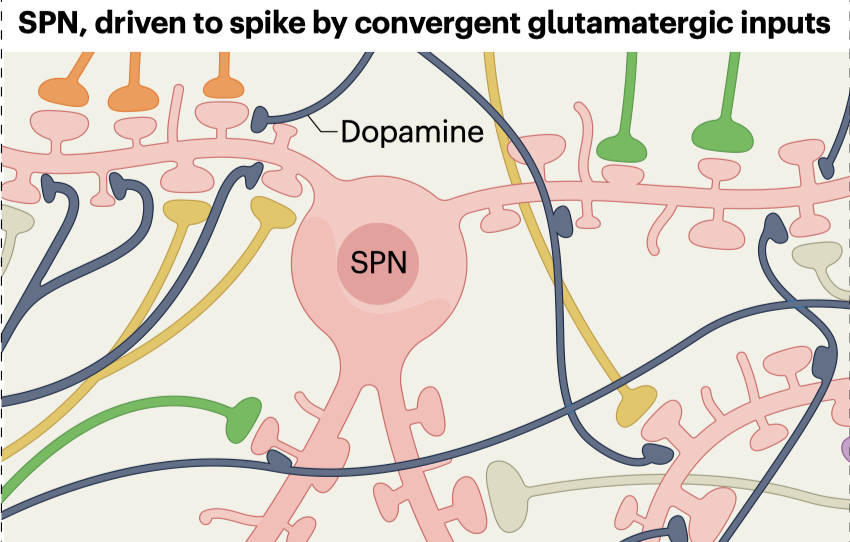Adolescence is a time during which we transition to independence, explore new activities and begin pursuit of major life goals. Goal-directed learning, in which we learn to perform actions that enable us to obtain desired outcomes, is central to many of these processes. Currently, our understanding of goal-directed learning in adolescence is itself in a state of transition, with the scientific community grappling with inconsistent results. When we examine metrics of goal-directed learning through the second decade of life, we find that many studies agree there are steady gains in performance in the teenage years, but others report that adolescent goal-directed learning is already adult-like, and some find adolescents can outperform adults. To explain the current variability in results, sophisticated experimental designs are being applied to test learning in different contexts. There is also increasing recognition that individuals of different ages and in different states will draw on different neurocognitive systems to support goal-directed learning. Through adoption of more nuanced approaches, we can be better prepared to recognize and harness adolescent strengths and to decipher the purpose (or goals) of adolescence itself.
Wilbrecht, L., Davidow, J.Y. Goal-directed learning in adolescence: neurocognitive development and contextual influences. Nat. Rev. Neurosci. (2024). https://doi.org/10.1038/s41583-023-00783-w
